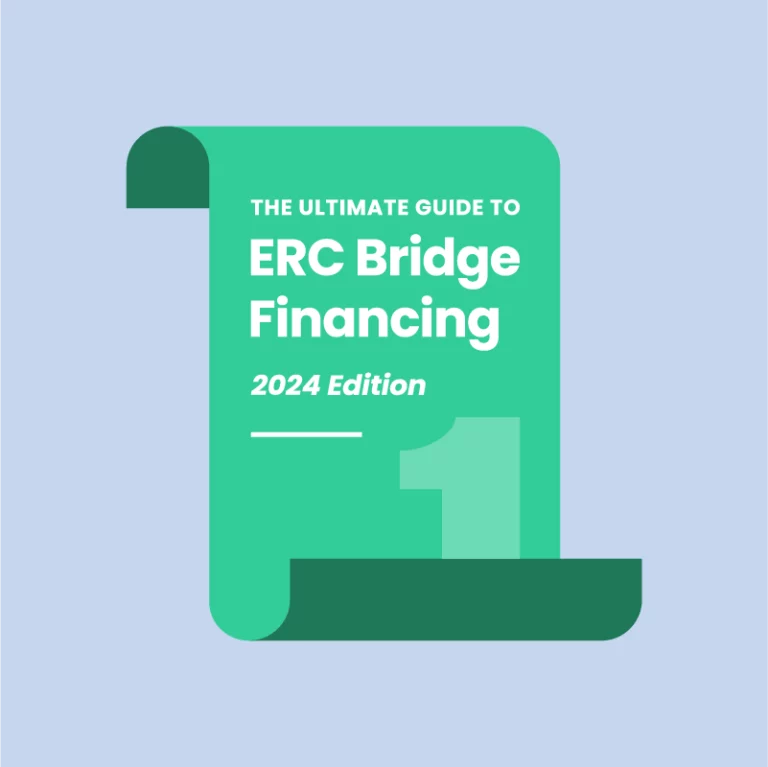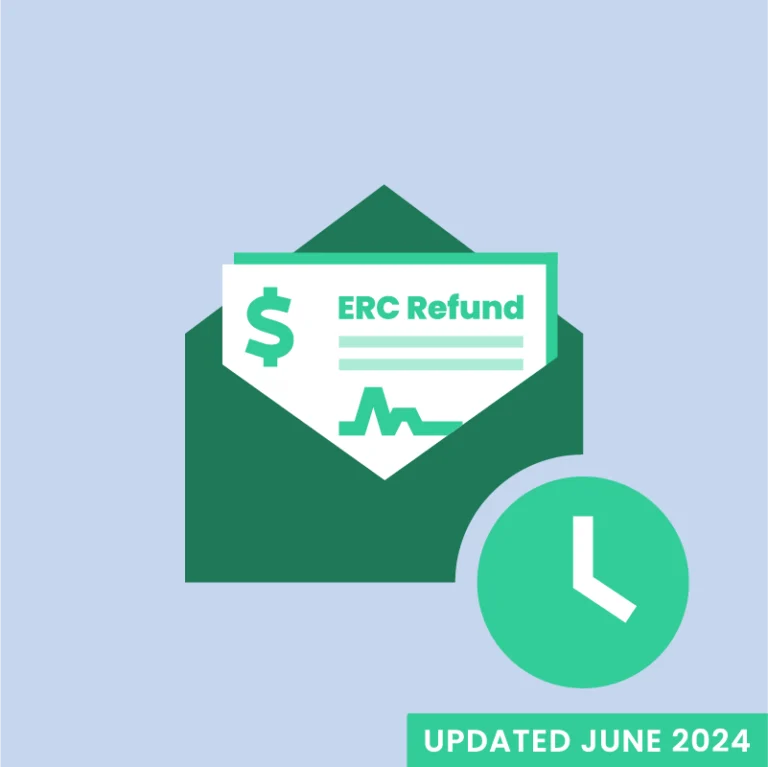In this era of post-COVID-19 pandemic recovery, more economic relief programs for small businesses are set to expire in 2024 and 2025. As these programs come to a close, small business owners must act quickly to benefit from financial relief while it’s still available. This article provides essential information on the programs set to expire and strategies to get ahead of the upcoming changes.
COVID-19 Programs Set to Expire by 2025
Following the January 2020 declaration of COVID-19 as a public health emergency, the U.S. government took unprecedented actions to support individuals and stimulate the economy. These actions included a $4.4 trillion investment through multiple legislative initiatives and over 200 regulatory waivers designed to provide financial relief amid the pandemic. More than three years later, two programs continuing to provide relief to small businesses and self-employed workers will expire in 2025.
- Employee Retention Credit (ERC): Deadlines are April 15, 2024, and April 15, 2025.
- Self-Employed Tax Credit (SETC) under FFCRA: Deadlines are April 15, 2024, and April 15, 2025.
Employee Retention Credit
The Employee Retention Credit, a pivotal element of COVID-19 business relief, was introduced as part of the CARES Act in March 2020. Implemented to help businesses retain employees during the pandemic, the ERC provides a refundable tax credit to eligible employers. The purpose of this credit is to offset a portion of employment tax liabilities, offering employers an incentive to maintain their workforce despite economic disruptions caused by COVID-19.
Upcoming ERC Deadlines
The Employee Retention Credit expires in 2025, with imminent deadlines for 2024 claims. Businesses have until April 15, 2024, to file for the tax credit related to the 2020 tax year, and a further deadline of April 15, 2025, for the 2021 tax year. These dates are essential milestones for any business intending to claim this program.
Employee Retention Credit Eligibility Criteria
The eligibility criteria for the ERC initially targeted businesses fully or partially suspended by government orders related to COVID-19 or experienced a significant decline in gross receipts. Startup recovery businesses, defined as businesses starting operations after February 2020 with less than $1M gross annual receipts, were also eligible. Over time, eligibility evolved, and now, a broader range of businesses can qualify, including those with only a moderate decline in revenue. To understand the latest eligibility criteria, business owners can consult the latest IRS guidelines on the ERC or seek professional advice from experts like those at 1st Capital Financial.
How to Claim ERC in 2024 & 2025
For detailed instructions on how to apply for the ERC, refer to the IRS’s official documentation, available on their website, along with an eligibility checklist. Due to the complexities of the ERC, professional advice, like that offered by 1st Capital Financial’s ERC Filing Service, can help employers ensure compliance and maximize credit. This service includes assessment, documentation, filing, and audit protection, with fees due only upon refund receipt.
File and Fund Your ERC Claim Today

Self-Employed Tax Credit
The Self-Employed Tax Credit, established under the Families First Coronavirus Response Act (FFCRA), offers a lifeline to self-employed individuals, allowing them to claim credits for sick and family leave. This provision mirrors the benefits an employee would receive under similar circumstances, providing critical support during the pandemic.
Upcoming SETC Deadlines
The Self-Employed Tax Credit deadlines mirror those set for the Employee Retention Credit. Specifically, self-employed individuals have until April 15, 2024, to file claims for the 2020 tax year and an extended deadline of April 15, 2025, for the 2021 tax year. These deadlines are critical for those intending to benefit from the SETC program.
SETC Eligibility Criteria
Eligibility for the SETC is designated for self-employed individuals affected by COVID-19, particularly those unable to work or telework. This includes sole proprietors, freelancers, and gig workers. To qualify, these individuals must have filed a Schedule SE (IRS Form 1040) for either the 2020 or 2021 tax years, demonstrating positive net income and the payment of self-employment taxes.
How to Claim SETC in 2024 & 2025
For self-employed individuals seeking to claim the SETC, check the latest IRS SETC guidelines. This resource provides detailed eligibility information, how to claim the credit, and other essential aspects of the SETC program.
Other options include 1st Capital Financial’s streamlined SETC solution. This self-service platform, designed for ease of use and efficiency, automates the calculation of tax credits and the amendment of tax returns, ensuring a secure and compliant process. Developed by industry experts, it’s an ideal solution for freelancers and gig workers navigating the complexities of SETC claims. To assess eligibility and learn more, see 1st Capital Financial’s SETC Guide.
Apply for the ERC & SETC Now
The imminent conclusion of COVID-19 relief programs in 2024 and 2025 marks a significant turning point in the new normal. For business owners and independent workers, now is the time to be strategic and prepare for the road ahead. With the April 15, 2024, deadline to file complex ERC and SETC claims quickly approaching, it is critical to start the process now. Use online tools like 1st Capital Financial’s SETC Self-Service Platform and ERC Filing Service to streamline the filing process and maximize these refunds while they’re still available.
Claim Your SETC Refund Today





